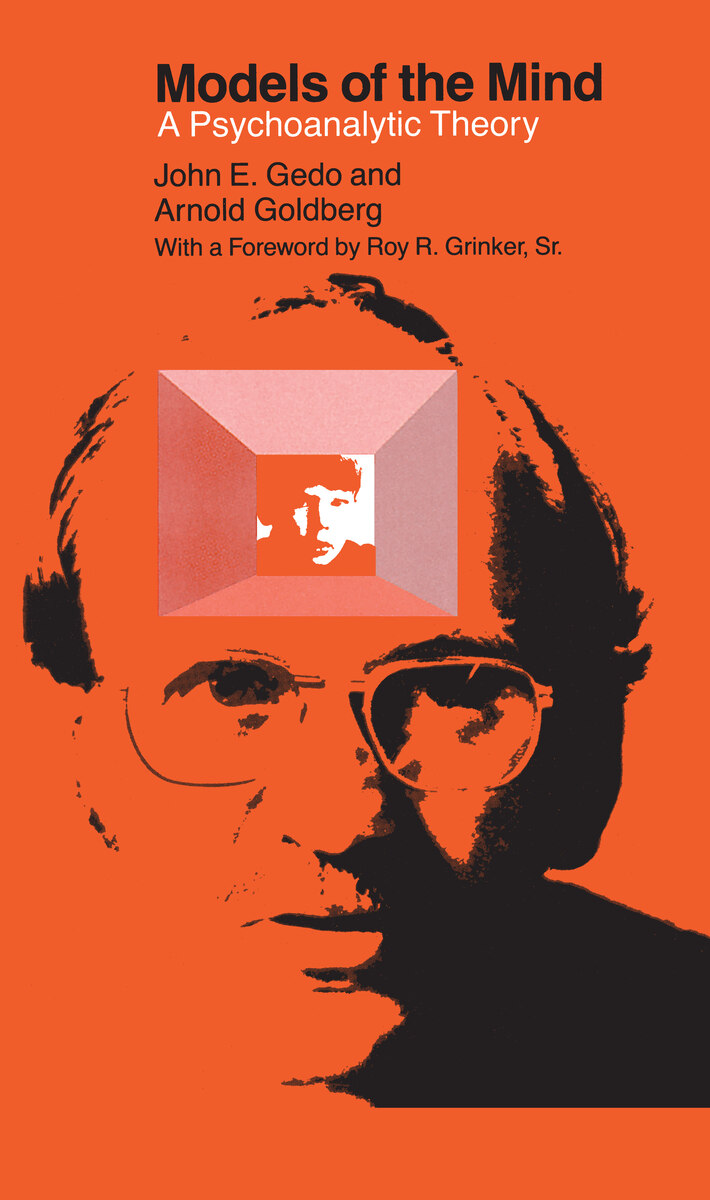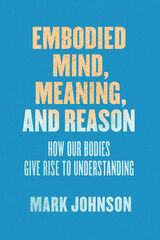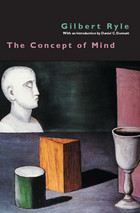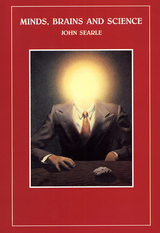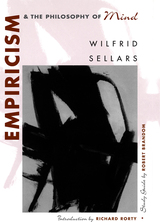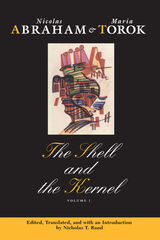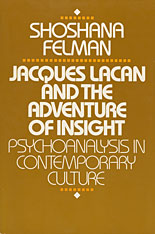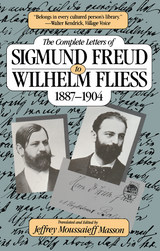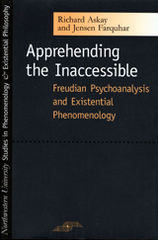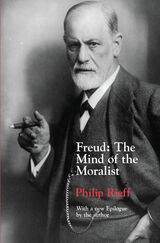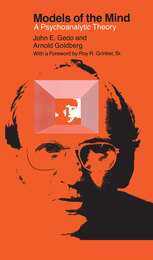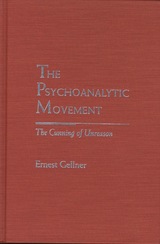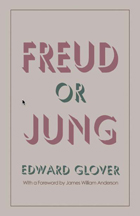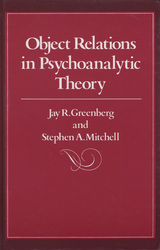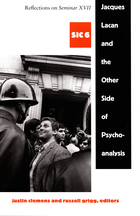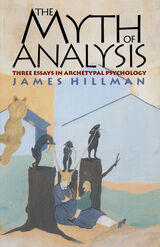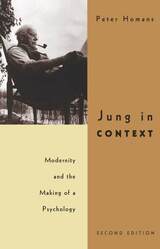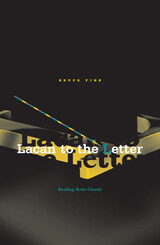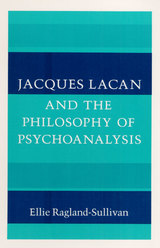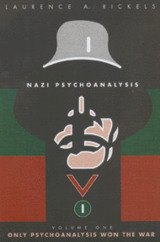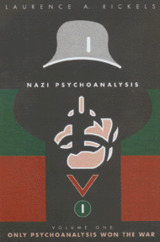Models of the Mind: A Psychoanalytic Theory
University of Chicago Press, 1976
Cloth: 978-0-226-28484-2 | Paper: 978-0-226-28487-3
Library of Congress Classification BF173.G374
Dewey Decimal Classification 150.1952
Cloth: 978-0-226-28484-2 | Paper: 978-0-226-28487-3
Library of Congress Classification BF173.G374
Dewey Decimal Classification 150.1952
ABOUT THIS BOOK | AUTHOR BIOGRAPHY | TOC | REQUEST ACCESSIBLE FILE
ABOUT THIS BOOK
In an effort to expand the clinical theory of psychoanalysis, John E. Gedo and Arnold Goldberg delineate and order the various generally accepted systems of psychological functioning, considered here as "models of the mind." The authors provide a historical review of four major models of the mind: the topographic model, the reflex arc model, the tripartite model, and an object relations model. They then investigate the possible hierarchical interrelationships of such models. Each model is shown to represent a different facet of mental functioning and is thus employable on an ad hoc basis. The models are shown not to cancel on another out but to allow for theoretical complementarity.
Gedo and Goldberg apply their theory to four classic psychoanalytic case studies to demonstrate its effectiveness: Freud's Rat Man, his Wolf Man, the case of Daniel Paul Schreber, and a case of arrested development. For each of these cases the authors show how it would have been both possible and advantageous to apply a variety of different theories as facts about each continued to accumulate.
Gedo and Goldberg apply their theory to four classic psychoanalytic case studies to demonstrate its effectiveness: Freud's Rat Man, his Wolf Man, the case of Daniel Paul Schreber, and a case of arrested development. For each of these cases the authors show how it would have been both possible and advantageous to apply a variety of different theories as facts about each continued to accumulate.
See other books on: Goldberg, Arnold | Mind | Models | Psychoanalysis | Psychoanalytic Theory
See other titles from University of Chicago Press
